Do We Really Need To BTO Still? 8 Outdated Property Practices That Need To Change In Singapore
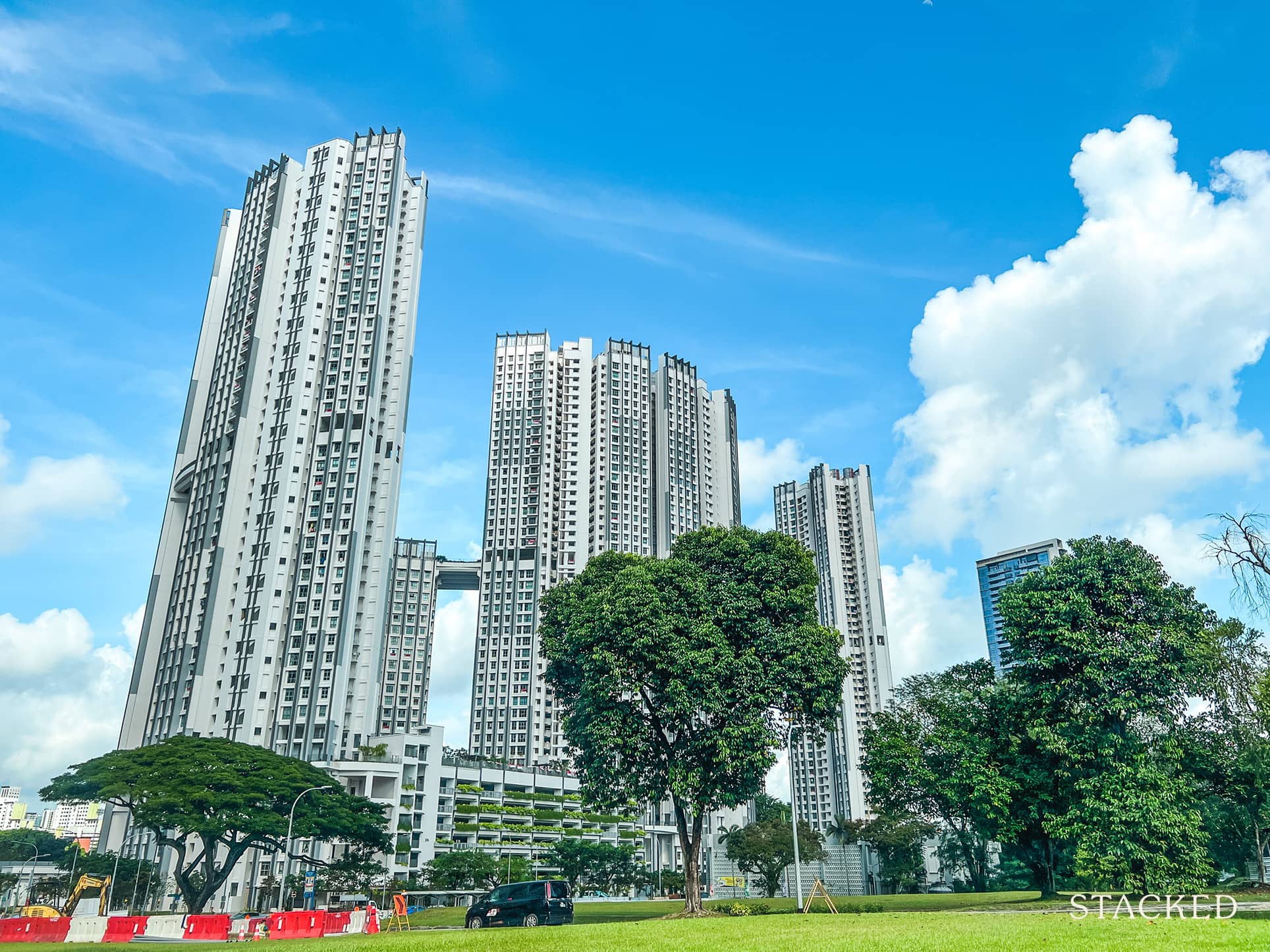
Get The Property Insights Serious Buyers Read First: Join 50,000+ readers who rely on our weekly breakdowns of Singapore’s property market.
A seasoned content strategist with over 17 years in the real estate and financial journalism sectors, Ryan has built a reputation for transforming complex industry jargon into accessible knowledge. With a track record of writing and editing for leading financial platforms and publications, Ryan's expertise has been recognised across various media outlets. His role as a former content editor for 99.co and a co-host for CNA 938's Open House programme underscores his commitment to providing valuable insights into the property market.
We have seen perhaps more change in our real estate industry over the past decade, than in the past 30 or 40 years. From higher stamp duties, to a transformed resale flat market, there is a lot to process. At a fundamental level, this should affect how we see and choose our property purchases; but it may be time to make changes at the regulatory level as well:
Table Of Contents
- 1. It may be time to revise the BTO concept
- 2. We may be squeezing developers too much to allow for innovation
- 3. The five-year deadline can cause unstable pricing
- 4. We need to be more aware of opacity at new launches
- 5. We need to stop assuming mortgage rates are always low in Singapore
- 6. Too many people don’t seem to care where the loan referral comes from
- 7. It’s time to remind ourselves that HDB flats are a roof over our heads, not a retirement plan or investment
- 8. We should start considering the impact of development sizes, when considering en-bloc prospects
1. It may be time to revise the BTO concept
The Built To Order (BTO) concept was a reaction to the oversupply of HDB flats in the ‘90s. There was a brief period when HDB built too many units in anticipation, so now HDB waits to ensure sufficient interest (hence the application process for the launch sites) before going ahead.
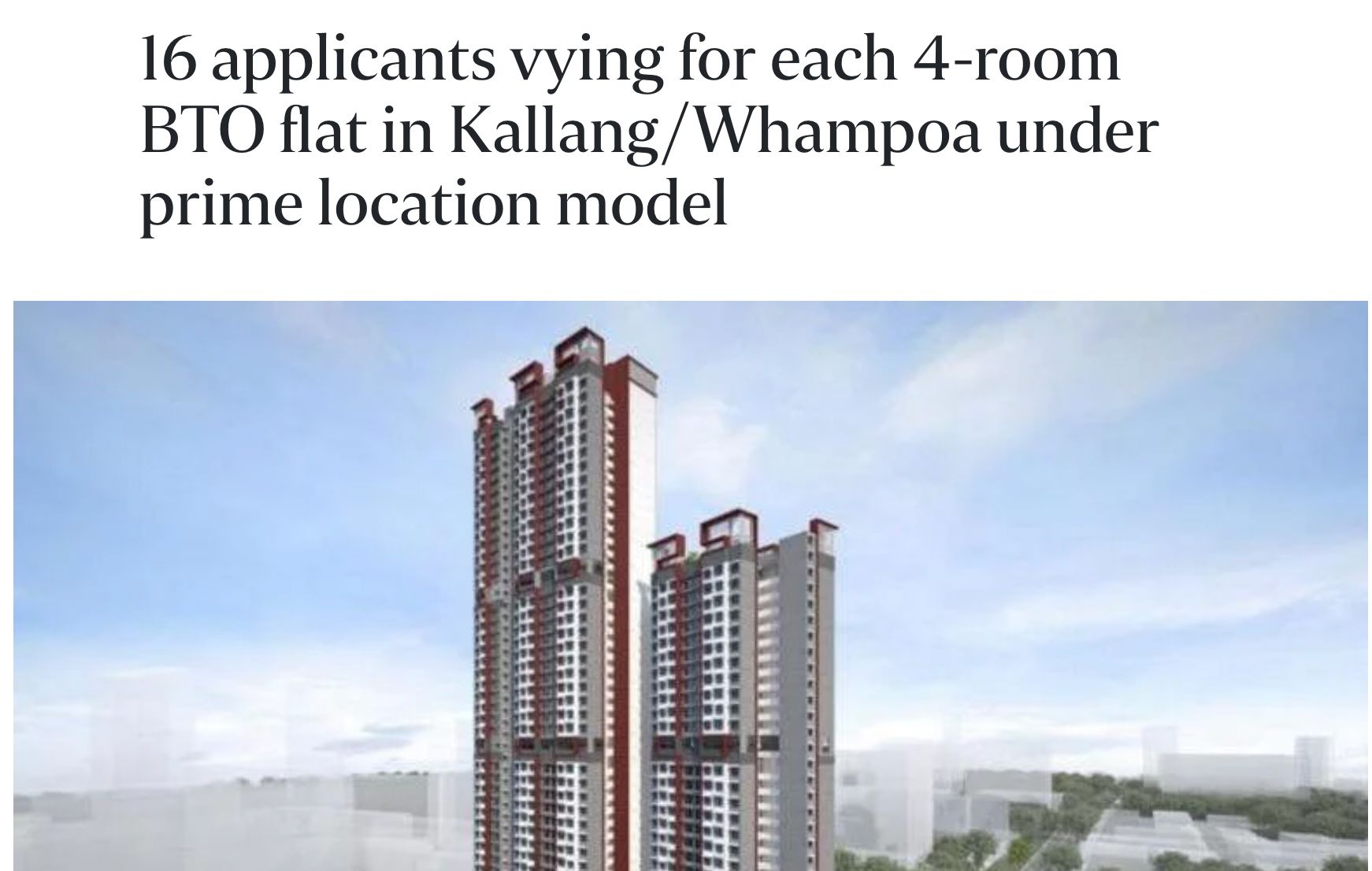
This does mitigate the risk of over-building, but it also slows down the process. If HDB didn’t have to wait to check interest each time, it could build in anticipation of the rising need. In 2022, HDB should by now have sufficient data to build ahead of need, instead of going by BTO applications all the time.
At present, almost every BTO launch has been oversubscribed, to the point where it seems painfully obvious that there is a need for more housing. If HDB had free reign to just start building sooner, it could have helped to lower prices in the overheated resale flat market.
For starters, it’s basically guaranteed by now that any BTO launch in good locations will sell out – is there still a need to gauge the interest in such locations?
It also does help to solve another ongoing issue, the falling birth rate in Singapore. It’s no secret that Singapore has one of the lowest fertility rates in the world, and with young couples taking more than a couple of years to secure a home, delaying having children is often impacted. It’s a serious issue that we seem yet to solve, even with the introduction of cash incentives like baby bonuses, etc.
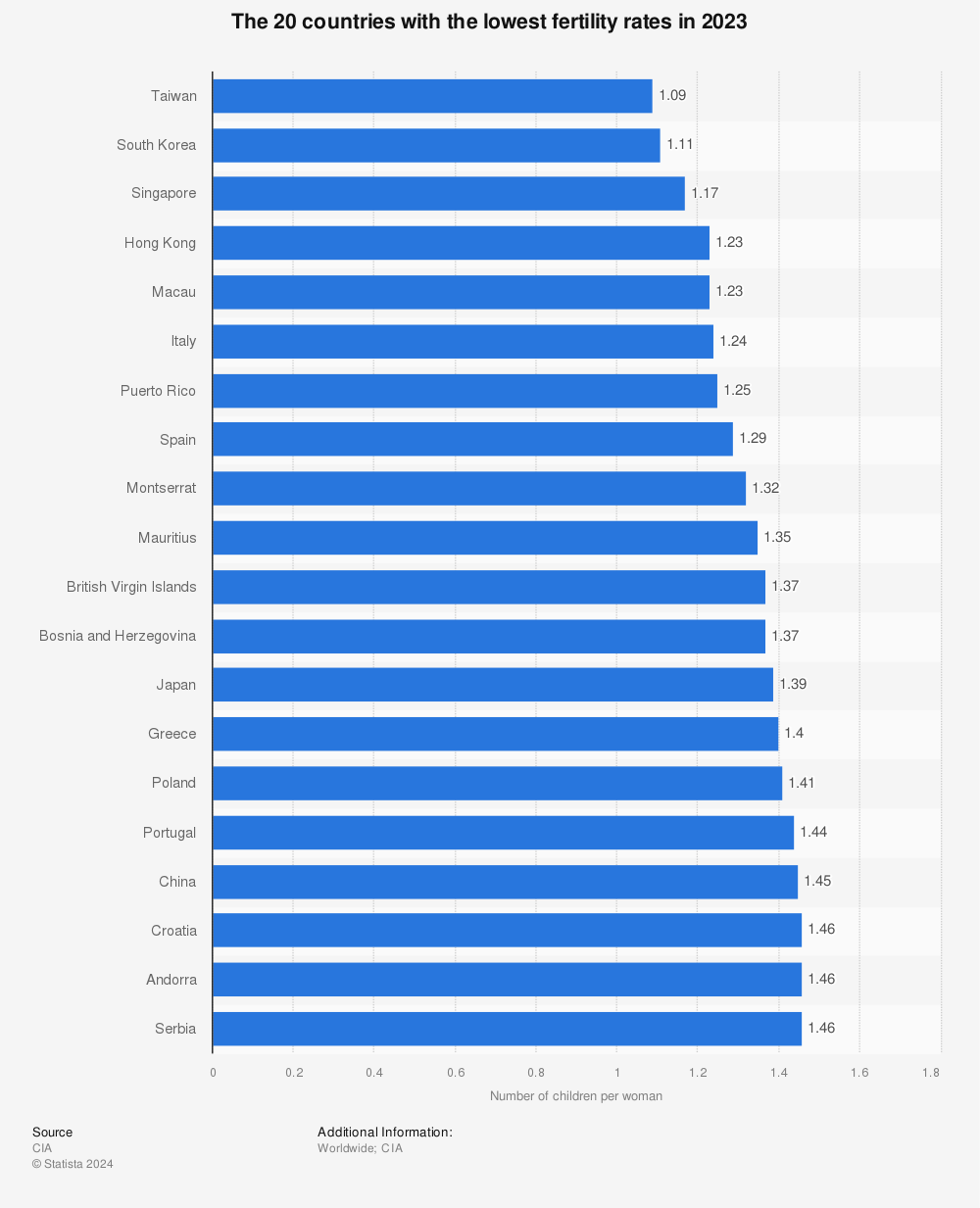
Find more statistics at Statista
2. We may be squeezing developers too much to allow for innovation
Developers are beginning to face razor-thin margins on projects, due to the higher ABSD, volatile construction costs, and limited land (which prompts more aggressive bidding).
All of this compounds the tight time frame: Five years is not a long time to find the right architects, work out the design, build the show flat, market the property, etc. even while rushing actual construction.
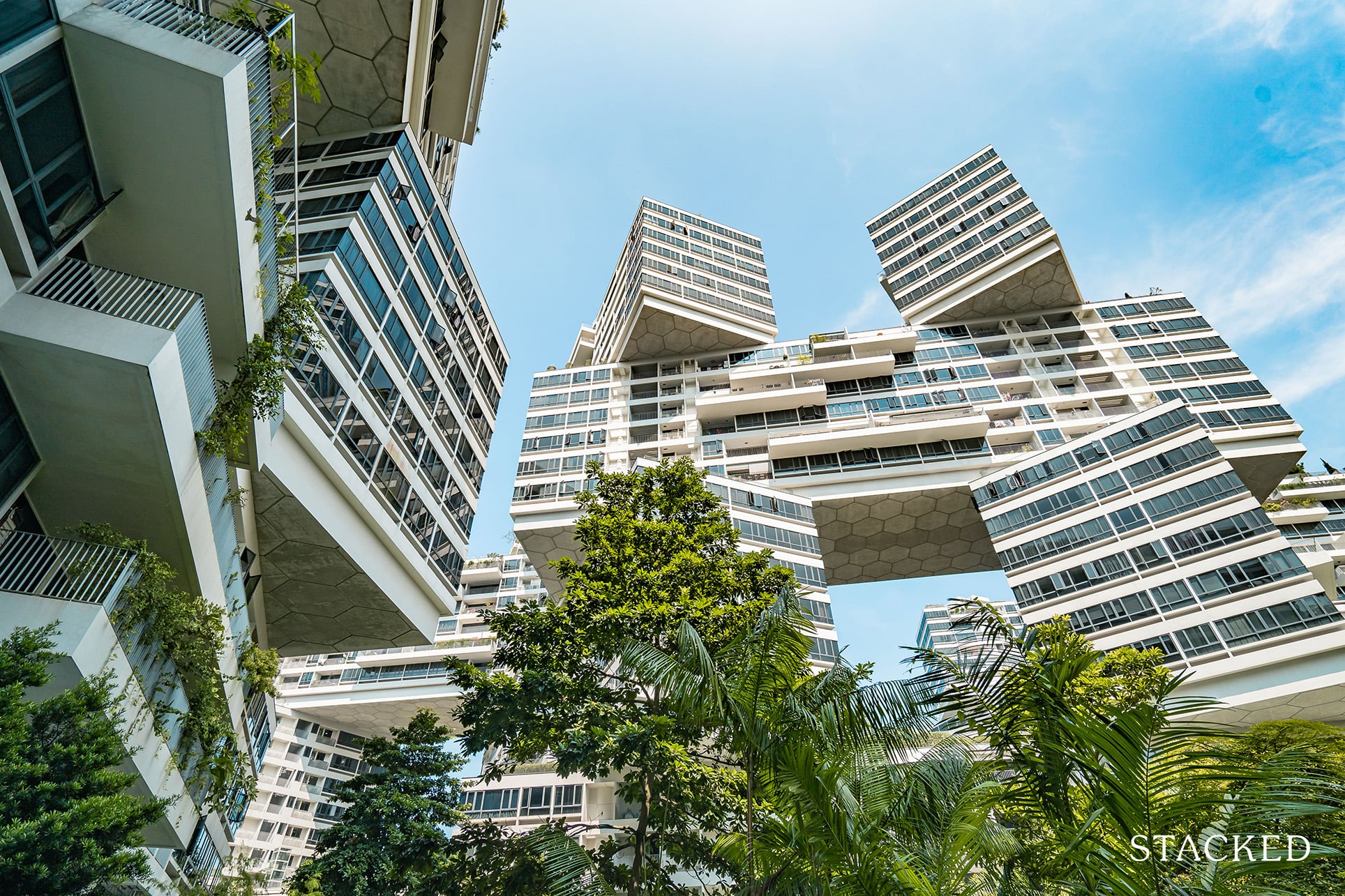
When you combine these two factors, developers have neither the bandwidth – nor the inclination – to innovate or take risks. This is why more unique projects like The Interlace, were created before the developer ABSD measures in 2011. More recent distinctive projects like CanningHill Piers are only able to be done by the biggest developers, in contrast to dozens of same-ish projects that all have the same muted, neutral themes with lots of glass.
Without room to try new concepts, most Singaporean home buyers are stuck with undifferentiated, mass-produced condos that don’t make for a very interesting cityscape.
There’s also one other problem with the five-year deadline:
3. The five-year deadline can cause unstable pricing
As developers near the ABSD deadline, they may decide to slash prices on the remaining units, rather than face the hefty penalty. This may sound like a good deal for buyers, but in the long run, it brings a lot of unwanted volatility.
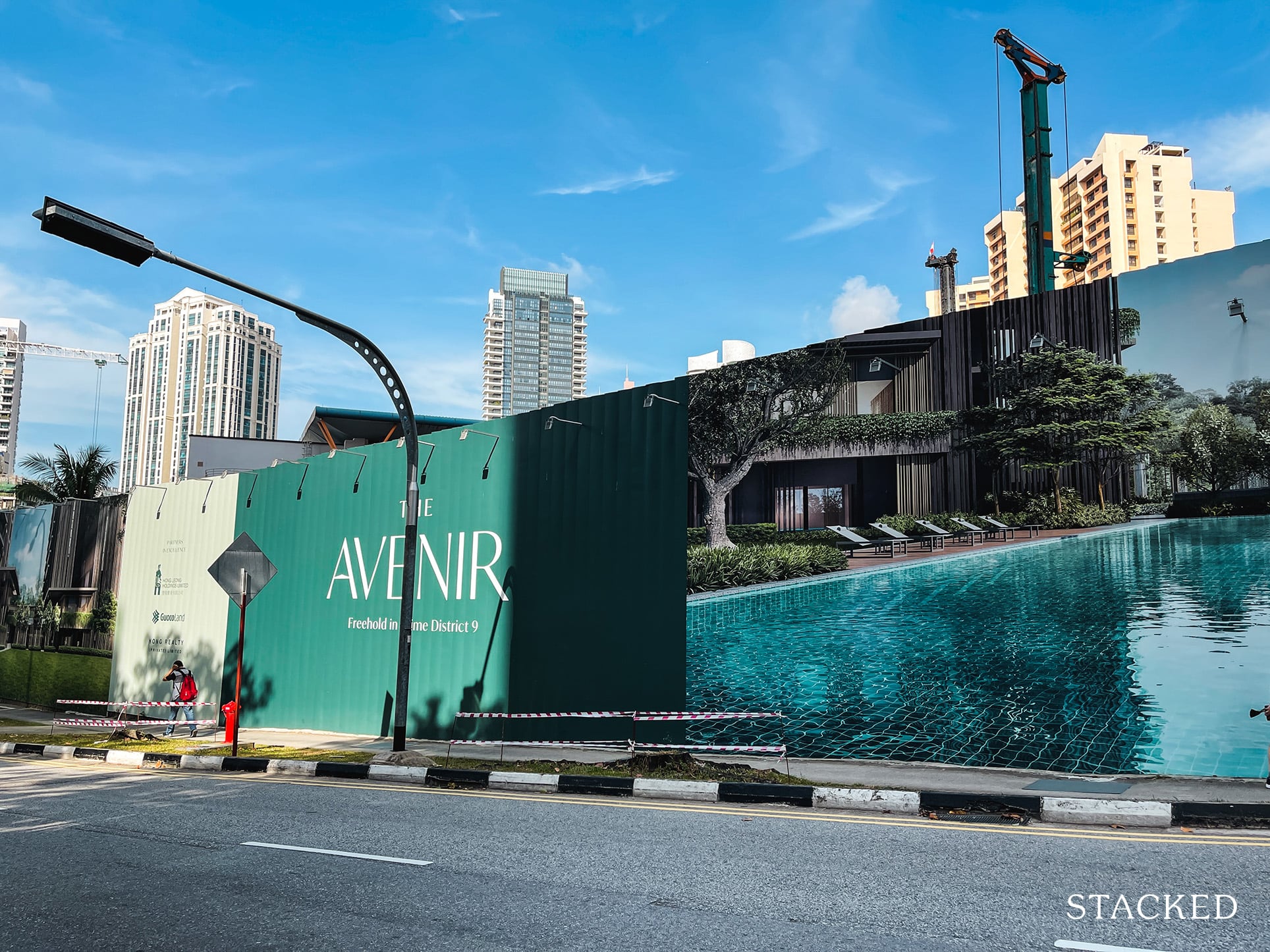
When prices can suddenly plummet at the end, it could create windfalls – but also downfalls. The earlier buyers may find their home values plummeting, for instance, because the last few buyers received extreme developer discounts. As a distant but perhaps relevant analogy, consider that Apple’s tight pricing controls create a more stable resale price for their iPhones, compared to many other brands.
For more details, we’ve written about it here.
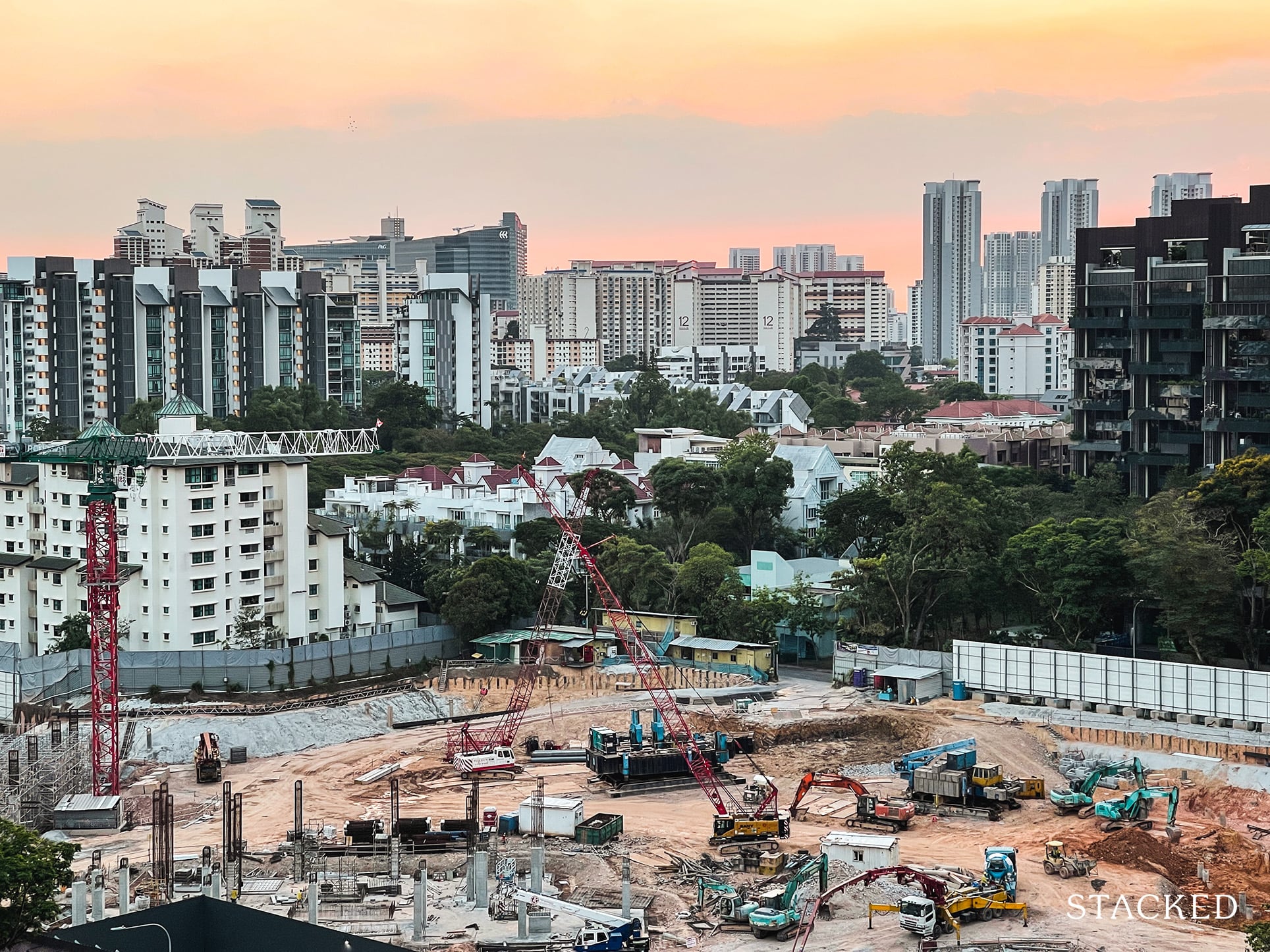
Property Market CommentaryWhy ABSD For Developers Needs To Be Tweaked And How It Affects You As A Home Buyer
by Ryan J. Ong4. We need to be more aware of opacity at new launches
A bigger, more under-the-radar issue today when it comes to buying a new launch is that of opacity. Despite how you can find almost everything online today, it’s quite incredible how you can’t find much about the available stock or pricing of new launch units – you’d need to be liaising with an agent.
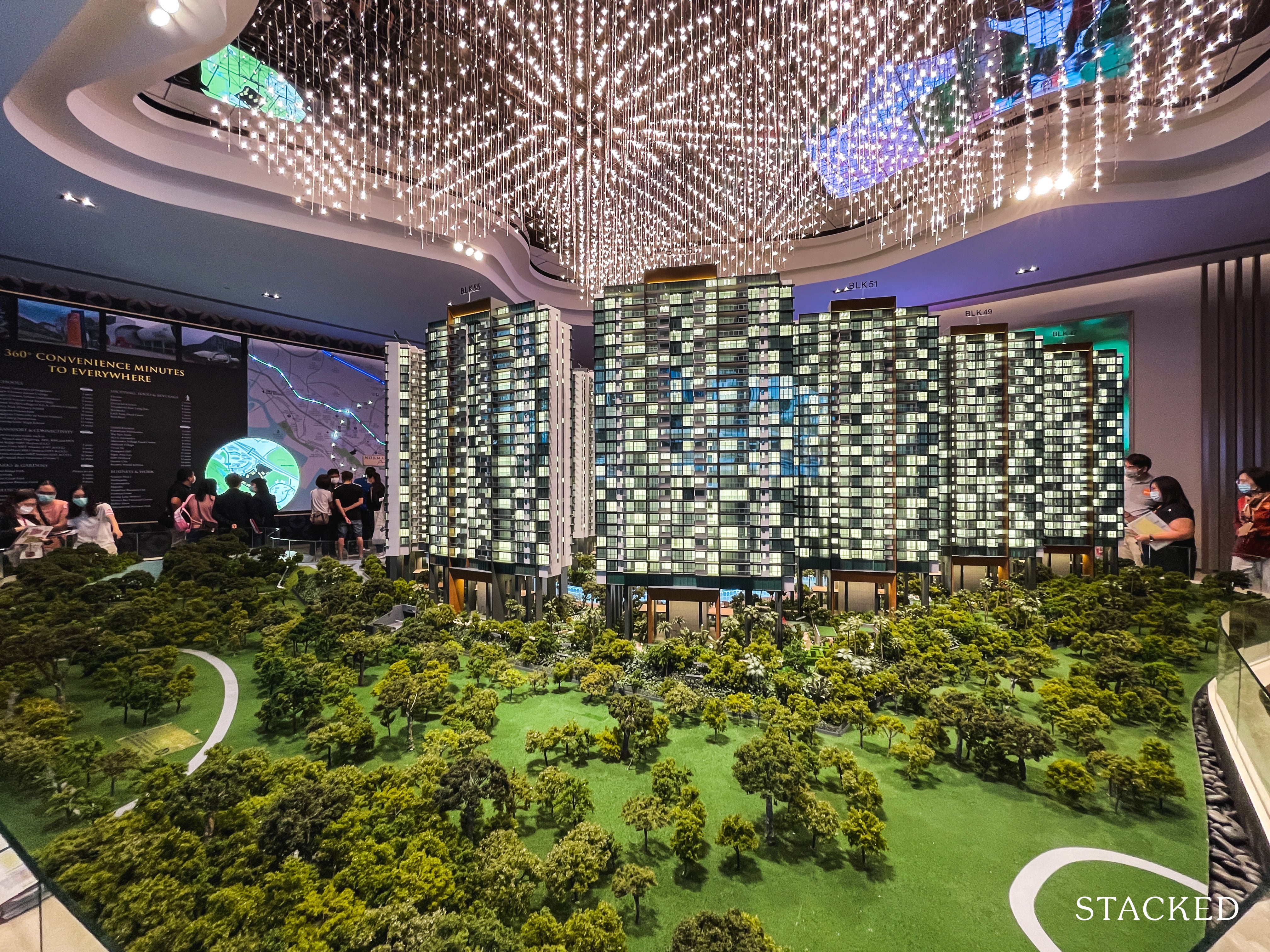
But here’s another problem. Even if we’re told by the agent, we usually don’t have a way to verify any of this. This can result in some painful discoveries later on; such as finding out you paid 10 per cent more than the neighbouring unit, which is almost entirely similar (if you sometimes see pricing discrepancies, this is one of the reasons).
This is ultimately down to regulators to handle though; as buyers, all we can do for now is be conscious of the asymmetry of information.
Ps: We are actually working on something new that may solve this – let us know here if you want to be updated once it’s out!
5. We need to stop assuming mortgage rates are always low in Singapore
At the time we’re writing this, the three-month SORA rate is at 1.27 per cent. Consider that, back in January of this year, the rate was only 0.194 per cent.
source: tradingeconomics.com
The SORA rate, coupled with the bank’s spread, together determine the interest rate on a floating loan. This year, more loan packages pegged to SORA are reaching rates comparable to HDB Concessionary Loans (2.6 per cent).
This is a sharp difference from the past decade, during which home loan rates had stayed below two per cent on average – first from the Global Financial Crisis in 2008/9, and then due to the Covid-pandemic. The fact is, interest rates have been abnormally low for over a decade now; and it’s likely not sustainable.
More from Stacked
BTO Defects Checklist: 6 Important Areas To Check During Inspection For Your New BTO
HDB is known for being quick to rectify BTO defects. After you move in though, you’ll realise there’s still a…
This has some significance for HDB flat buyers. Within the past decade, some borrowers who had a choice opted for a bank loan instead. This made a lot of sense between 2008 to 2010, for example, when interest rates for bank loans were practically half that of HDB loans.
(Also keep in mind that, the less of your CPF monies you use for the loan and down payment, the lower the risk of a negative cash sale when you want to upgrade).
But this is now something that HDB flat buyers may need to rethink; especially since, once they take a bank loan, it can never be refinanced into an HDB loan.
The other implication is toward buyers of Executive Condominiums (ECs), private properties, or those who are forced to take bank loans for their flats.
Consider that a $1 million loan for 25 years, at the old average of 1.3 per cent, would have meant a total interest repayment of just around $171,823 by the end of the loan tenure.
Brought up to a more current rate of around 2.3 per cent, the total interest paid would rise to around $315,833. Bear in mind, that this also assumes the interest rate hikes stop at this level and don’t go any higher (prior to the Global Financial Crisis, rates of close to four per cent were not unheard of).
For homeowners who are dependent on their property for retirement, this may require a serious reworking of their numbers.
6. Too many people don’t seem to care where the loan referral comes from
Mortgage brokers are, generally speaking, the best choice of professionals for loan comparisons. This is their speciality, and in most cases their only offering; so they do have to be good at it.
Conversely, there are some tangentially related professionals who also recommend various banks for home loans. These range from property agents, to financial advisors. These professionals can also collect referral fees for sending you to a particular bank.
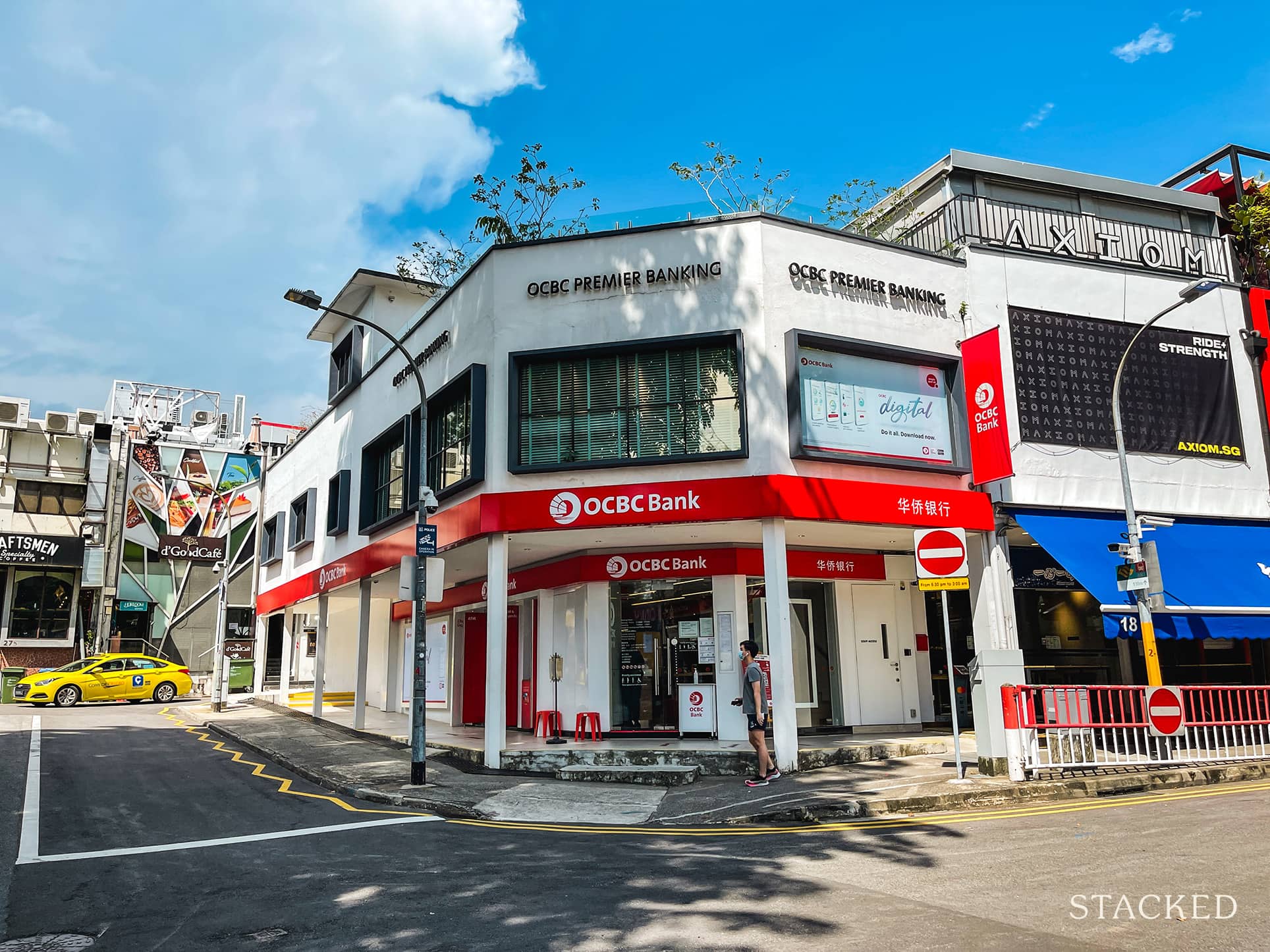
We’re not going to say the property agent, financial advisor, etc. is always going to be wrong; and we can’t assume they won’t act in your best interest. However, it’s worth at least considering that, in these cases, home loans are not actually their forte; they likely don’t have the same scope and depth as a full-blown mortgage broker.
For that reason, it’s always a good idea to at least double-check their claims with a broker. If they tell you bank X has the best deal, it only takes minutes to contact a broker (look for loans comparison sites if you need to), and confirm it with them. The service is free to you anyway.
Of course, this always comes with the caveat of having a relationship with a good mortgage broker. Most agents worth their salt today will be in contact with one, as they will want to be updated frequently on how rates are changing.
7. It’s time to remind ourselves that HDB flats are a roof over our heads, not a retirement plan or investment
It’s easy to lose sight of this, when HDB flat prices are at their highest in eight years. However, let’s remember why HDB flat prices were so depressed before that:
In December 2013, all it took was for HDB to stop publishing Cash Over Valuation (COV) rates for resale prices to drop. This one tweak caused resale flats to see seven consecutive years of price decline, and it took a global pandemic that normalised Work From Home (WFH) to help it recover.
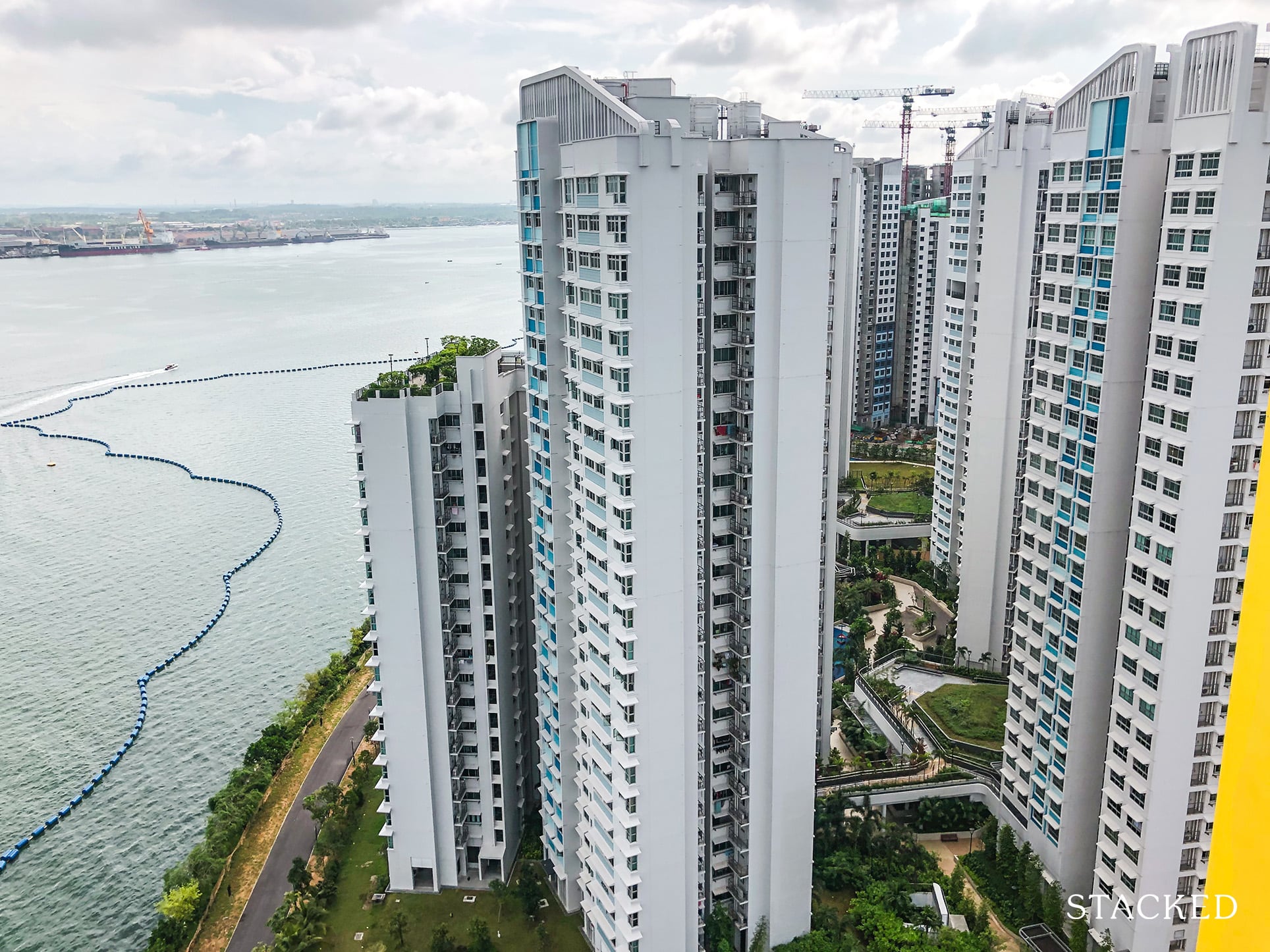
HDB has made it quite clear that their emphasis is on home ownership, not on property gains. This means that, should it be necessary to take steps to curb speculation or rampant prices, the government likely won’t act in a way that protects your resale flat price.
As a recent example, consider that HDB decided to ramp up the supply of new flats by 35 per cent for 2022 and 2023, to meet rising demand. While the effect is not immediate, this is a move that could eventually bring resale flat prices in line again.
Another move that clearly underlined this was the announcement of VERS. The creation of this scheme, which we’ve yet to see in action, was the final nail in the coffin for those who believed that SERS would help to constantly maintain resale flat prices.
Unlike our grandparents, who saw stunning increases in home values in the ‘70s and ‘80s, the current generation probably won’t see a similar windfall from their flats. Singaporeans today will likely need a more diverse portfolio for retirement, rather than just counting on their flat.
8. We should start considering the impact of development sizes, when considering en-bloc prospects
In the past, buyers would typically look at at least (99-years, 999-years, or freehold) when trying to gauge en-bloc prospects. Today, however, we need to pay more attention to the size of the development.
Developers recently faced another Additional Buyers Stamp Duty (ABSD) rate hike in December 2021. They now pay 40 per cent of the land price, of which five per cent is non-remissible. The rest of the ABSD is remissible only if they complete and sell out a development within five years, and this is without regard for the size of the development.

As such, larger condo developments now pose a more significant risk to developers. Particularly large developments, on the scale of Normanton Park or Treasure at Tampines, may struggle for an en-bloc in the future (unless the ABSD rules are tweaked).
This is also a concern for buyers of resale condos today. If there’s advanced lease decay and they’re counting on an en-bloc, a bigger development may not be ideal.
Mind you, this isn’t to say the other usual factors (e.g., leasehold status, proximity to MRT stations, and so forth) can now be ignored – simply that development size is a bigger consideration today than it was in the past few years.
For more on the Singapore private property market, as well as in-depth reviews of new and resale properties alike, follow us on Stacked. We’ll keep you updated on crucial issues to be aware of, as the market continues to evolve.
If you’d like to get in touch for a more in-depth consultation, you can do so here.
Ryan J. Ong
A seasoned content strategist with over 17 years in the real estate and financial journalism sectors, Ryan has built a reputation for transforming complex industry jargon into accessible knowledge. With a track record of writing and editing for leading financial platforms and publications, Ryan's expertise has been recognised across various media outlets. His role as a former content editor for 99.co and a co-host for CNA 938's Open House programme underscores his commitment to providing valuable insights into the property market.Read next from Property Market Commentary

Property Market Commentary Why The Singapore Property Market Will Be Different In 2026 — And It’s Not Just About Prices

Property Market Commentary 2025 Year-End Review Of The Singapore Property Market: What The Numbers Reveal

Property Market Commentary How The HDB Resale Market Performed In 2025, And What It Means For 2026 Prices

Property Market Commentary 4 Key Trends Reshaping Singapore’s New Launch Condo Market In 2026
Latest Posts

Pro This 21-Year-Old Condo Didn’t Sell Out Initially, Yet Became A Top Performer

Editor's Pick What I Only Learned After My First Year Of Homeownership In Singapore

Singapore Property News Why More Land Doesn’t Automatically Fix Housing In Singapore

On The Market Here Are The Cheapest 4-Room HDB Flats in Central Singapore You Can Still Buy From $490K

Editor's Pick Should We Buy An Old 99-Year Leasehold Condo To Live In: Will It’s Value Fall When The Lease Runs Out?

Pro How A Once “Ulu” Condo Launched In 1997 Became A Top Performer

Editor's Pick I Reviewed A New Launch 4-Bedroom Penthouse At Beauty World

Editor's Pick Why Singaporean Families Are Looking At This Landed Enclave From Around $4M

Singapore Property News Lentor’s First Condo Is Complete — The Early Profits May Surprise You

Property Advice We Own A $800K 1-Bedder And A $1.1M 3-Bedder: Is It Possible To Upgrade To A 4-Bedder Condo?

On The Market These Are Some Of The Cheapest 5-Room HDB Flats Left In Central Singapore

Pro This 698-Unit Ang Mo Kio Condo Launched At The Wrong Time — And Still Outperformed Peers

Singapore Property News $281.2M in Singapore Shophouse Deals in 2H2025 — But That Number Doesn’t Tell the Full Story

Property Investment Insights These Resale Condos In Singapore Were The Top Performers In 2025 — And Not All Were Obvious Winners

Singapore Property News CapitaLand–UOL’s $1.5 Billion Hougang Central Bid May Put Future Prices Above $2,500 PSF


